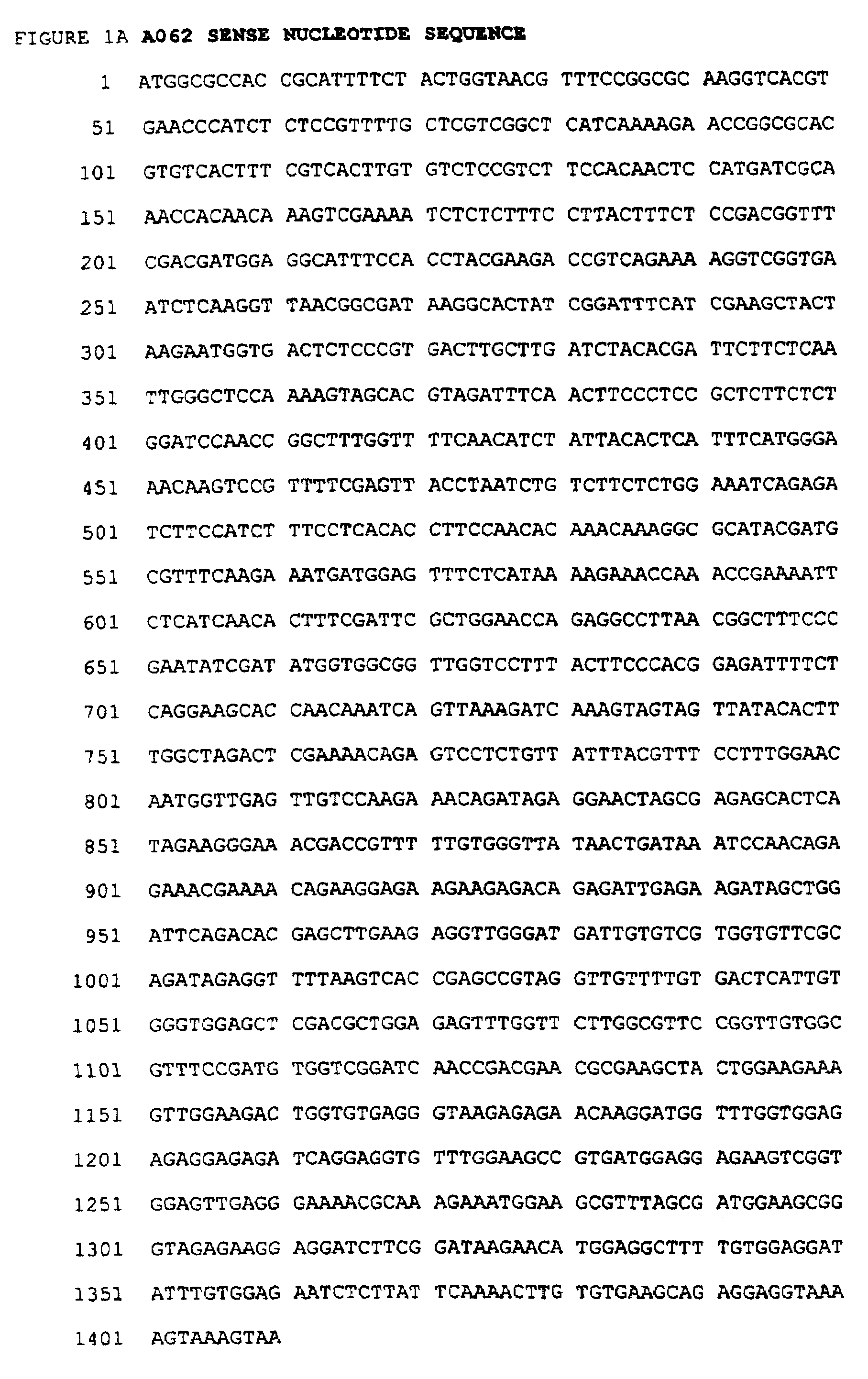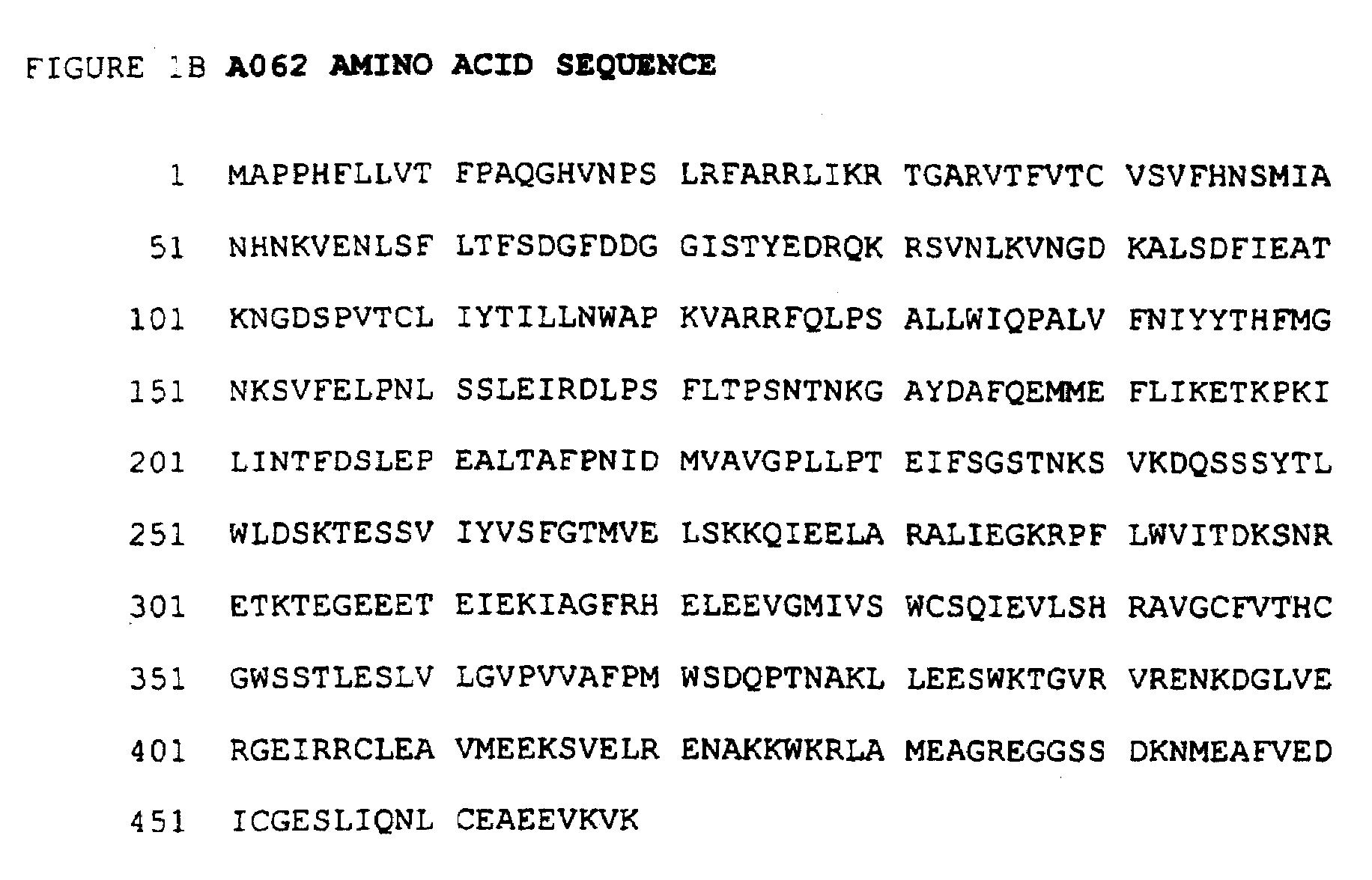Transgenic cells expressing glucosyltransferase nucleic acids
a technology of glucosyltransferase and nucleic acids, applied in the field of transgenic cells, can solve the problems of high cost, inconvenient use, and damage to the environment of agents, and achieve the effect of improving the efficiency of the transformation process
- Summary
- Abstract
- Description
- Claims
- Application Information
AI Technical Summary
Benefits of technology
Problems solved by technology
Method used
Image
Examples
Embodiment Construction
Materials and Methods
Transformation of Woody Plant Species
[0136]The transformation of woody plant species is known in the art. See U.S. Pat. No. 4,795,855 and WO9118094; EP1050209 and WO9725434. Each of these patents are incorporated in their entirety by reference.
Transformation of Non-Woody Plant Species
[0137]Methods used in the transformation of plant species other than woody species are well known in the art and are extensively referenced herein.
Identification of GTase Sequences
[0138]The GTase sequence identification was carried out using GCG software (Wisconsin package, version 8.1). Blasta programme was used to search Arabidopsis protein sequences containing a PSPG (plant secondary product UDP-glucose glucosyltransferase) signature motif (Hughes and Hughes (1994) DNA Sequence 5, 41-49) in EMBL and GenBank sequence database. The database information on the GTases described in the present invention are listed in Table 1.
Amplification and Cloning of the GTase Sequences
[0139]The GT...
PUM
| Property | Measurement | Unit |
|---|---|---|
| time | aaaaa | aaaaa |
| pH | aaaaa | aaaaa |
| concentration | aaaaa | aaaaa |
Abstract
Description
Claims
Application Information
 Login to View More
Login to View More - R&D
- Intellectual Property
- Life Sciences
- Materials
- Tech Scout
- Unparalleled Data Quality
- Higher Quality Content
- 60% Fewer Hallucinations
Browse by: Latest US Patents, China's latest patents, Technical Efficacy Thesaurus, Application Domain, Technology Topic, Popular Technical Reports.
© 2025 PatSnap. All rights reserved.Legal|Privacy policy|Modern Slavery Act Transparency Statement|Sitemap|About US| Contact US: help@patsnap.com



